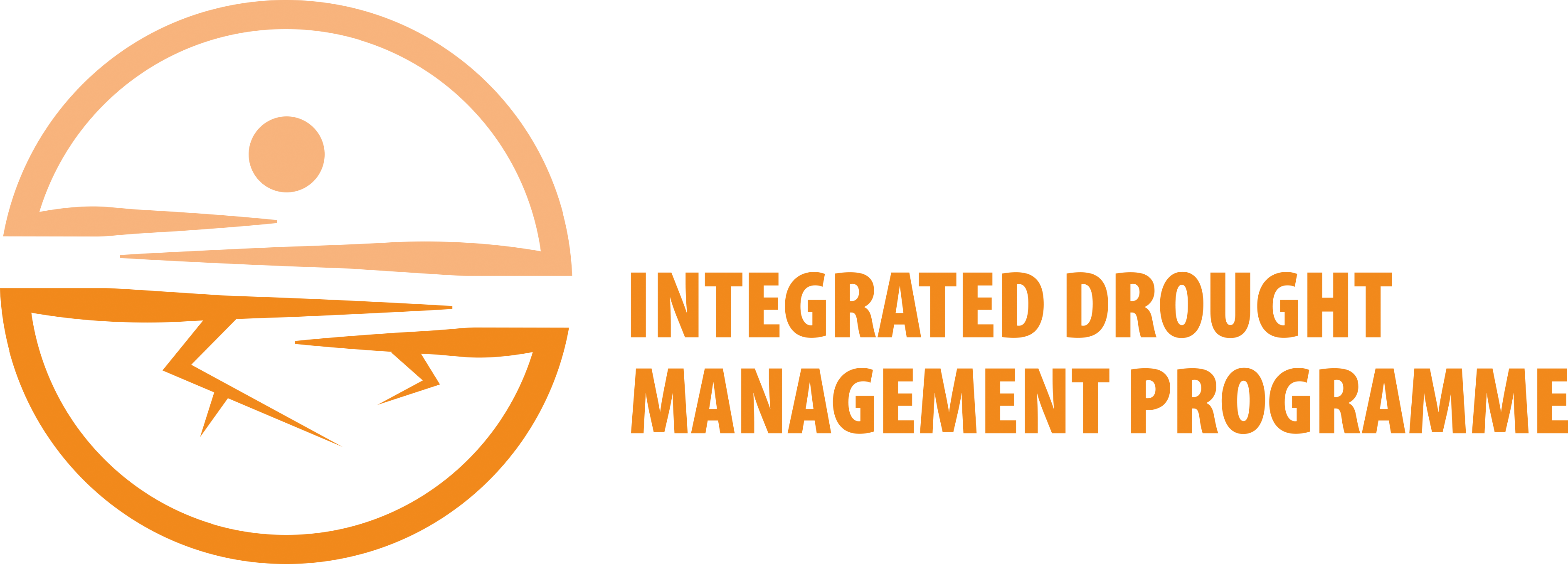Keetch-Byram Drought Index (KBDI)
Index name: Keetch-Byram Drought Index (KBDI).
Ease of use: Green.
Origins: Part of work done in the late 1960s by Keetch and Byram of the United States Department of Agriculture’s Forest Service Division. KBDI is mainly a fire index.
Characteristics: Developed to identify drought in the early stages using a uniform method specific to the climate of the region. It is the net effect of evapotranspiration and precipitation in producing a moisture deficiency in the upper layers of the soil and also gives an indication of how much precipitation is needed for saturation of the soil and eliminating drought stress.
Input parameters: Daily maximum temperature and daily precipitation. Tables are computed to relate the KBDI to various precipitation regimes based upon the local climate.
Applications: Intended as a method of monitoring fire danger due to drought, the KBDI was found to be useful in agricultural drought situations since the measure of soil moisture was directly related to drought stress on crops.
Strengths: Expresses moisture deficiency for an area and can be scaled to indicate the characteristics of each particular location. Calculations are simple and the method is easy to use.
Weaknesses: Assumes a limit of available moisture and the necessity of certain climatic conditions for drought to develop, which may or may not be true for every location.
Resources: The method and calculation are well described in the literature. Many maps and tools are available online for various locations.
Example: US Forest Service (USFS) Wildland Fire Assessment System (WFAS).
Example: Calculating the Keetch–Byram Drought Index.
Reference: Keetch, J.J. and G.M. Byram, 1968: A Drought Index for Forest Fire Control. United States Department of Agriculture Forest Service Research Paper SE-38, Southeastern Forest Experiment Station, Asheville, NC.


